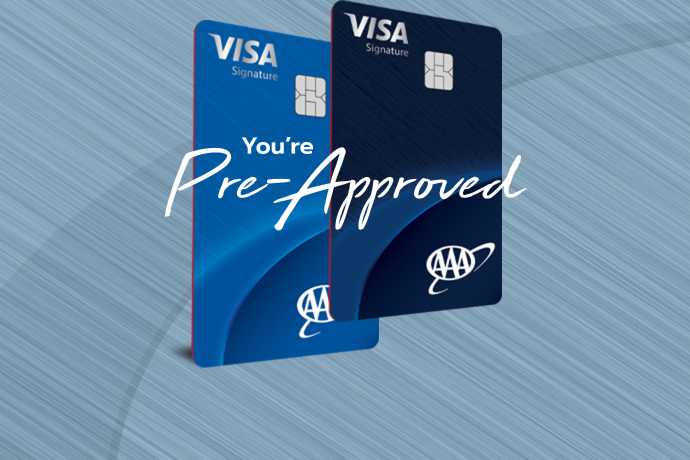Building a Credit Card Program for Millennials

A recent white paper from CO-OP Financial Services explores how Millennials view credit cards and financial services. And while it doesn’t offer any earth-shattering revelations (we all know that Millennials like their smartphones), it does provide statistics and insights that can help banks and credit unions grow their credit card portfolios.
Here’s some of the key takeaways:
Millennials have a unique relationship with credit cards.
Most Millennials grew up during the Recession of the 2000s and 2010s. This, coupled with the large student loan debts they acquired after college, has made the generation particularly suspicious of financial institutions and averse to debt.
Consequently, they also came of age during the growth of debit cards, which offered the convenience of a credit card without the need for a credit check or risk of debt.
Millennials live in a digital world and expect their financial institutions to live there, too.
Millennials are the first “digitally native” generation. In fact, 72% of mobile payment users are Millennials or Generation Xers. They prefer the convenience of peer-to-peer (P2P) apps, like Venmo and PayPal.
Like their digital apps, they expect their banks to be available 24/7 and prefer banking apps over brick-and-mortar tellers. Banking features like mobile deposits, peer-to-peer payments and digital wallets are not only desired, but expected.
Not using credit cards has made it harder to get them.
Because of the preference for debit cards and P2P apps, Millennials have a thin credit history, which makes it harder for them to get a credit card. In fact, 25% of Millennials cite their credit score as a barrier to getting credit. But the tide is shifting.
As Millennials grow older, they are advancing financially and many are now opening credit card accounts. The key is meeting them where they are.
Millennials are looking for seven key features from a credit card.
The CO-OP Financial Services white paper goes into more detail, but here’s a quick rundown of the seven key card features cited:
- real-time, 24/7 access
- personalization
- digital services, including a mobile app
- easy process and programs
- rewards
- security
- access to financial education
How to attract Millennials to your financial institution’s credit card portfolio
The white paper goes on to suggest that credit unions, with their high customer satisfaction scores, are poised to attract the attention of Millennials as they enter their peak earning and purchasing years. It then offers several strategies credit unions can use to attract these highly sought-after customers:
- have a mobile app
- be accessible 24/7
- communicate digitally (text notifications, emails, etc.)
- offer financial education
- create personalized offers and experience
Of course, this is just a brief overview of the information found in this 8-page white paper. It’s a nice primer on how credit unions and other financial service institutions can structure a credit card program that will appeal to America’s fastest growing consumer segment.









